Not long ago Nancy and I were invited to teach at aVineyard Church in Grand Junction, Colorado. It is a church very much like the Boise Vineyard in both vision and size and they also have been investing heavily in a large organic garden that volunteers maintain for the purpose of feeding the poor in their area. Up until that time I hadn’t seen a community garden project of a scope that could compare to the one at the Vineyard Boise, but this one without question did. They weren’t producing the annual tonnage of vegetable produce as the Boise project had been, but some of their gardening techniques and systems were unique and impressive. Two things caught my eye: one, a large aquaponic system that raised both fish and vegetables simultaneously located in a large greenhouse and second, an irrigation system that would water a 30 to 50 foot row of vegetables in a matter of minutes without wasting water. Rick Kenagy, the man in charge of the project, told me it was called the Mittleider Method and was growing in popularity around the world. I was so taken by it I decided to incorporate it into our vegetable garden here at Timber Butte and at my request Rick gladly explained in detail how to construct and install the system.
I soon discovered that the construction of the Mittleider irrigation system was painstaking; almost so that I debated if it was worth the time I’d have to invest in setting it up. In retrospect I’m glad I bit the bullet and went for it. The most tedious part of the project was spending the time to drill literally hundreds of tiny holes down the full length of fifty foot stretches of ¾ inch PVC pipe. (In order for the system to work properly it requires drilling three small holes every four inches down the full length of the pipe.) Rick was adamant about the fact that the holes had to be drilled with a .57 drill bit which requires real care due to its very small diameter. He warned that because a .57 diameter drill bit could not be purchased at a local Home Depot and usually required special ordering, it would be wise to order a half dozen bits due to the certainty of breakage. In the end I drilled over 500 feet of pipe (4500 holes) and broke about five bits in the process. I used schedule 80 (thinner walled) PVC not only due to the cost and ease of drilling, but because it holds a greater volume of water than the thicker walled schedule 40.
To make the job easier and with less drill bit breakage I decided to make a jig using a small drill press and a ten foot piece of channel iron. I welded feet on the channel iron so that I could skew it down to a solid plank along with the drill press. I marked the channel iron every four inches so that the PVC pipe could be easily marked without the repeated use of a tape measure. (500 feet of irrigation line required drilling 50 ten foot lengths of PVC so just the marking alone was a tedious process.) Every four inches down the pipe I then drill my three holes around the bottom at about four O’clock, six O’clock and eight o’clock. (See picture).
The other thing I did was bury a 1 inch main line from my primary water source to each row and install a ¾ inch valve in order to better control the flow down each row. At the end of each row I put a threaded plug so that the line could periodically be flushed out. I felt this would be necessary due to the small size of the holes. For this reason I also installed a filter in the main line that fed the entire system.
It’s important to note that the Mittleider irrigation system is not a drip system, but rather a high pressure system that quickly injects water right to the roots of your vegetables. At first look I thought it might do damage to my young plants but I found that due to its many holes the water is quickly distributed down the row before erosion occurs. We did however turn on the system before planting and made note of the small divots in the soil each jet made and then commenced to plant both seeds and seedlings between them as best we could. For more information you can look up the “Mittleider Method” on line.

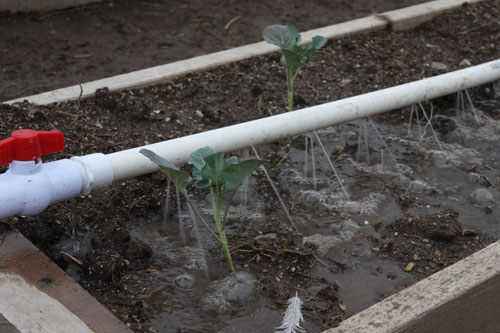
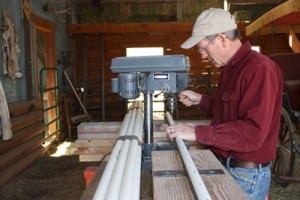
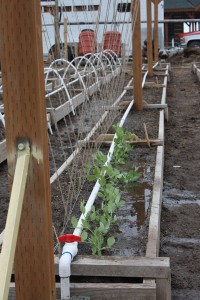
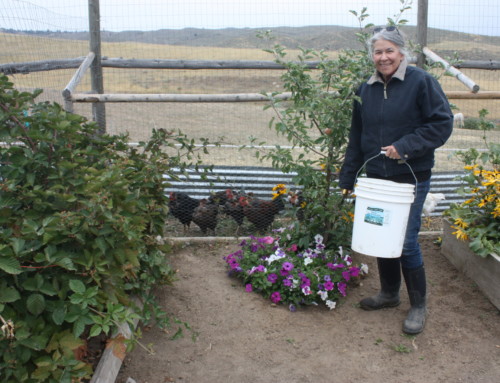
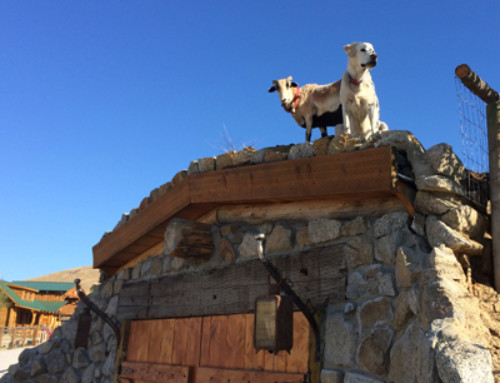
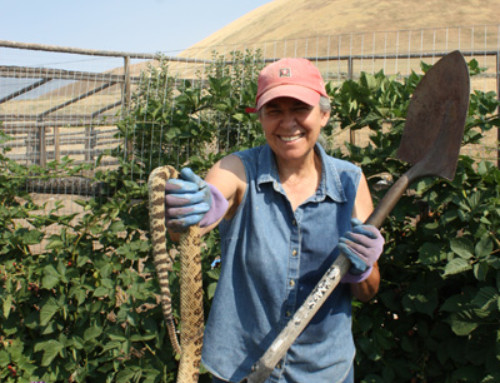
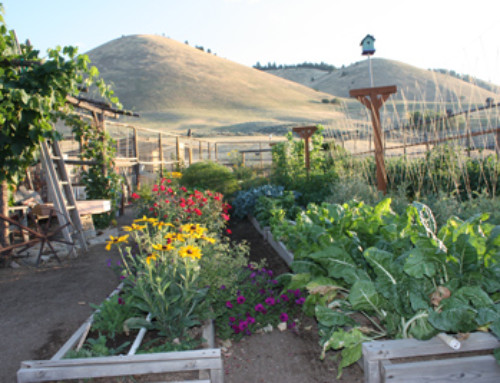
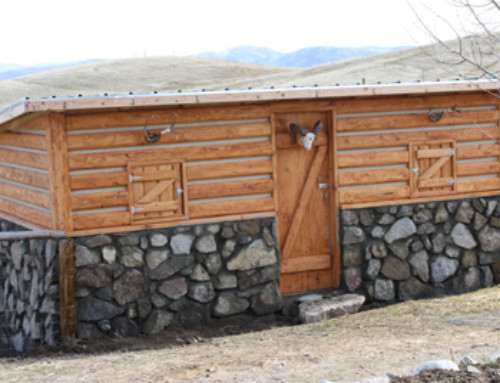

Leave A Comment
You must be logged in to post a comment.